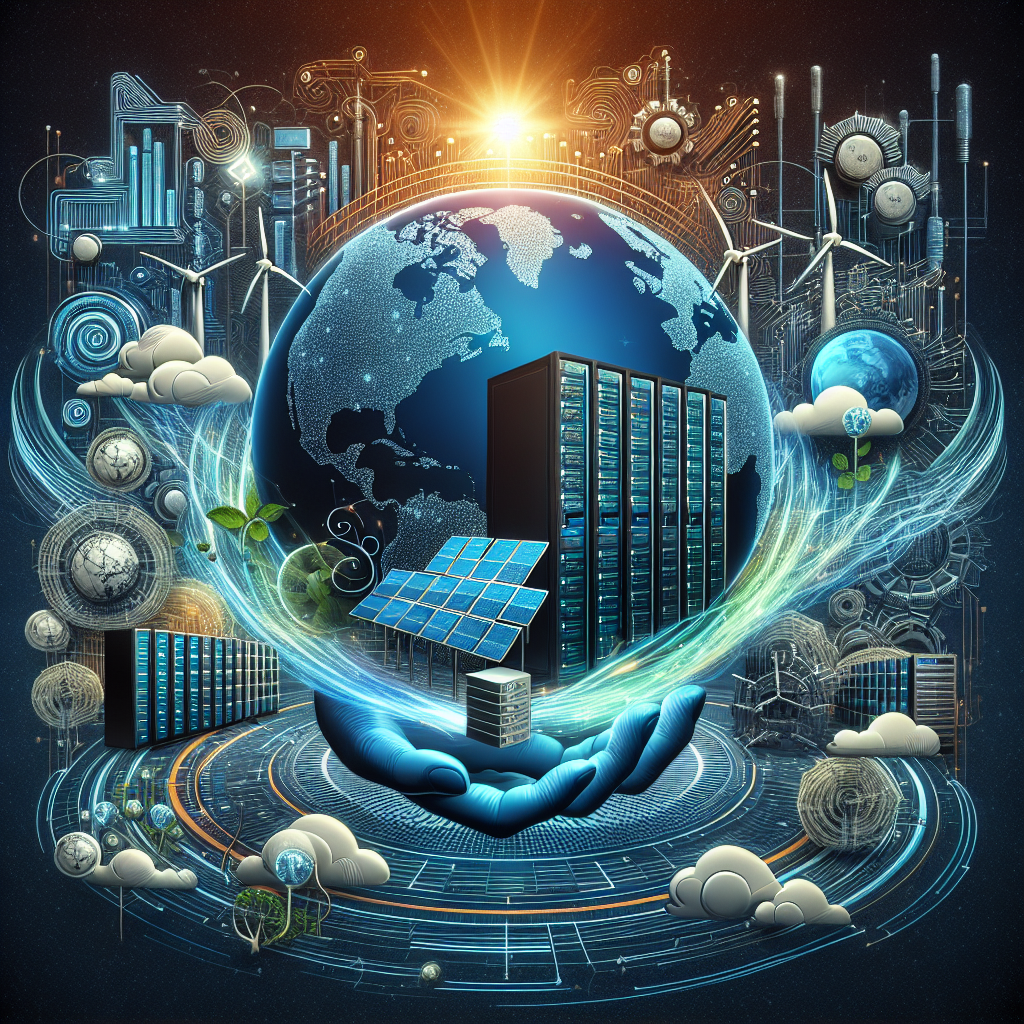Your cart is currently empty!
The Impact of Power Distribution on Data Center Sustainability

Data centers play a crucial role in today’s digital economy, serving as the backbone of the internet and enabling the transfer and storage of massive amounts of data. However, the environmental impact of data centers is a growing concern, with their energy consumption and carbon footprint coming under scrutiny.
One key factor that can significantly impact the sustainability of data centers is the distribution of power. Power distribution refers to the process of delivering electrical energy from a power source, such as a utility grid or on-site generation, to the IT equipment within a data center. The way in which power is distributed can have a direct impact on energy efficiency, operational costs, and environmental sustainability.
Traditional data centers typically rely on centralized power distribution systems, where power is delivered from a single source to all IT equipment within the facility. While this approach is simple and easy to implement, it can result in power inefficiencies and waste. The long distances that power must travel within the data center can lead to power losses, increasing energy consumption and operational costs.
To address these challenges, many data centers are now adopting more efficient power distribution strategies, such as decentralized power distribution and direct current (DC) power distribution. Decentralized power distribution involves distributing power closer to the IT equipment, reducing the distance that power must travel and minimizing power losses. DC power distribution, on the other hand, eliminates the need for power conversion from alternating current (AC) to DC, improving energy efficiency and reducing waste.
By implementing more efficient power distribution strategies, data centers can improve their energy efficiency, reduce operational costs, and minimize their environmental impact. In addition to reducing energy consumption, efficient power distribution can also help data centers achieve their sustainability goals and comply with regulatory requirements.
Furthermore, advancements in power distribution technologies, such as smart power distribution systems and energy management software, enable data center operators to monitor and optimize power usage in real-time. These technologies provide greater visibility and control over power distribution, allowing data centers to identify and address inefficiencies, optimize energy usage, and reduce their carbon footprint.
In conclusion, the impact of power distribution on data center sustainability cannot be overstated. By adopting more efficient power distribution strategies and leveraging advanced technologies, data centers can enhance their energy efficiency, reduce operational costs, and minimize their environmental impact. As the demand for data centers continues to grow, it is essential for operators to prioritize sustainability and implement best practices in power distribution to ensure a more sustainable future for the industry.

Leave a Reply